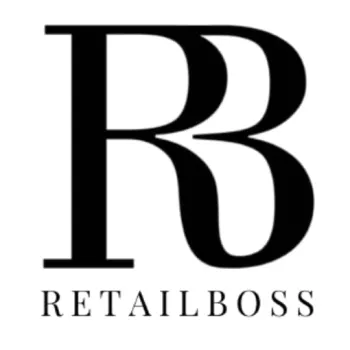Montreal-based apparel retailer Frank and Oak announced it will shutter nine stores across Quebec, Ontario, and British Columbia by May 7, 2025, as part of a court-supervised restructuring process to address $71 million in debt. The move shows mounting challenges in Canada’s retail sector, exacerbated by pandemic fallout, supply chain disruptions, and fierce competition from fast-fashion giants like Shein and Temu.
Store Closures and Liquidation
The affected locations include:
- Quebec: Place Ste-Foy (Quebec City), Carrefour Laval (Laval), Dix30 (Brossard), Stanley St. and St-Viateur (Montreal)
- Ontario: CF Rideau Centre (Ottawa)
- British Columbia: Cordova St. and West 4th St. (Vancouver)
Once liquidation sales begin, all transactions will be final. The company’s e-commerce platform will continue operating, and stores in the Greater Toronto Area (GTA) remain open for now.
Financial Struggles and Creditor Protection
Frank and Oak filed for creditor protection under Canada’s Bankruptcy and Insolvency Act in December 2024, citing debts of $55.5 million to secured creditors (including parent company Unified Commerce Group and Desjardins) and $14.6 million to unsecured creditors, such as the Canada Border Services Agency and Shopify. This marks the brand’s second restructuring since 2020, when it was acquired by New York-based Unified Commerce Group after its first insolvency filing.
Key Debt Breakdown:
- $3.5 million owed to Canada Border Services Agency
- $1.7 million owed to Canada Revenue Agency
- $529,000 owed to Shopify
- $504,000 in unredeemed customer gift cards
Root Causes of the Crisis
- Pandemic Aftermath: COVID-19 eroded profitability of new stores, while supply chain delays—linked to global conflicts like the Gaza crisis—disrupted inventory shipments.
- Rapid Expansion: Retail experts criticize Frank and Oak’s aggressive scaling, fueled by venture capital, without achieving profitability. “They surfed a wave of hype but never built a stable financial base,” said analyst Carl Boutet.
- Competition: Fast-fashion rivals undercut pricing, while rising digital marketing costs strained customer acquisition.
- Economic Pressures: High retail rents, cautious consumer spending, and U.S. tariff uncertainties further destabilized operations.
Employee Impact and Future Steps
Frank and Oak employs 150 workers across its headquarters and retail locations. While the exact number of layoffs remains unclear, the closure of nine stores will significantly reduce its physical footprint. The company is actively seeking a buyer or investor, with court documents noting “robust” initial interest, though no deals have been finalized.
Analyst Insights: A Sector in Peril
“Retail is a tough business unless you’re at the top of your game,” said retail analyst Bruce Winder. “Frank and Oak lost their mojo post-pandemic, and consumers are prioritizing essentials over discretionary purchases.” The closures follow similar struggles at Hudson’s Bay, reflecting broader sector pressures.
Looking Ahead
Unified Commerce Group aims to preserve Frank and Oak’s e-commerce operations and a reduced store network. However, analysts stress the brand must redefine its identity and adopt a sustainable financial model to survive. “The hype isn’t enough anymore,” Boutet noted.
Frank and Oak’s downsizing signals a pivotal moment for Canadian retail, balancing the erosion of brick-and-mortar against e-commerce resilience. The brand’s fate now hinges on restructuring success—or a buyer willing to bet on its minimalist, sustainable ethos.

















